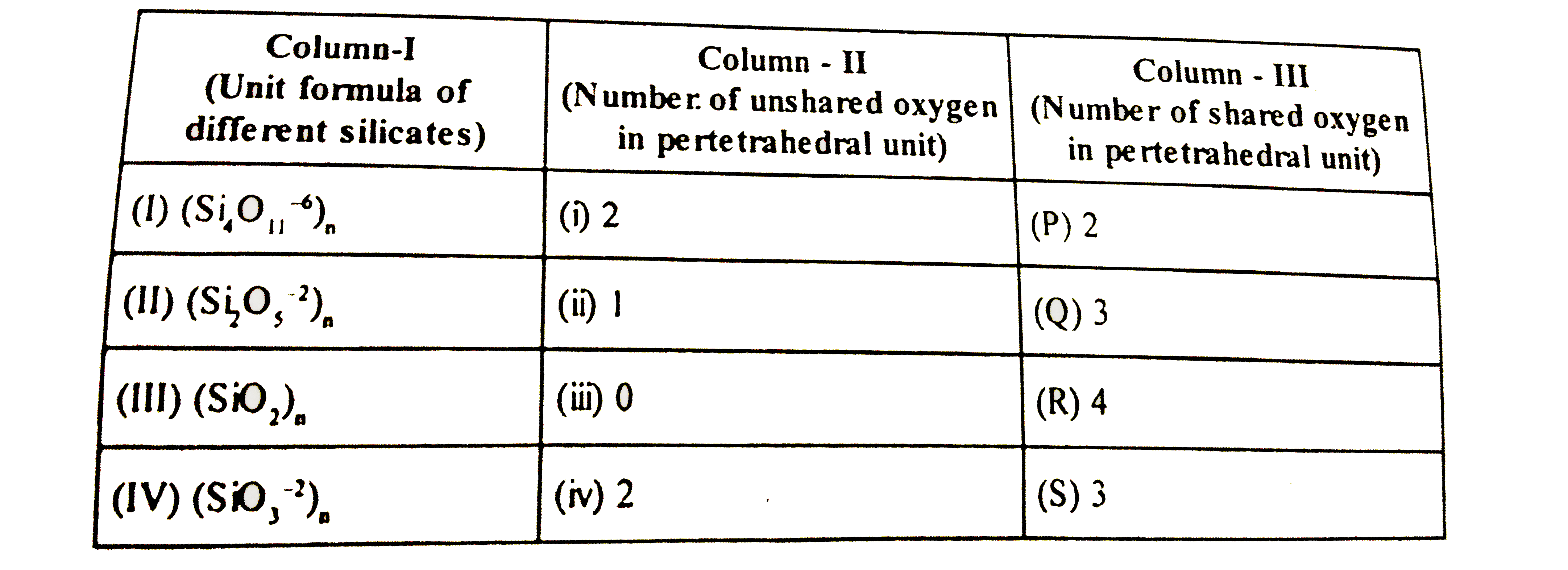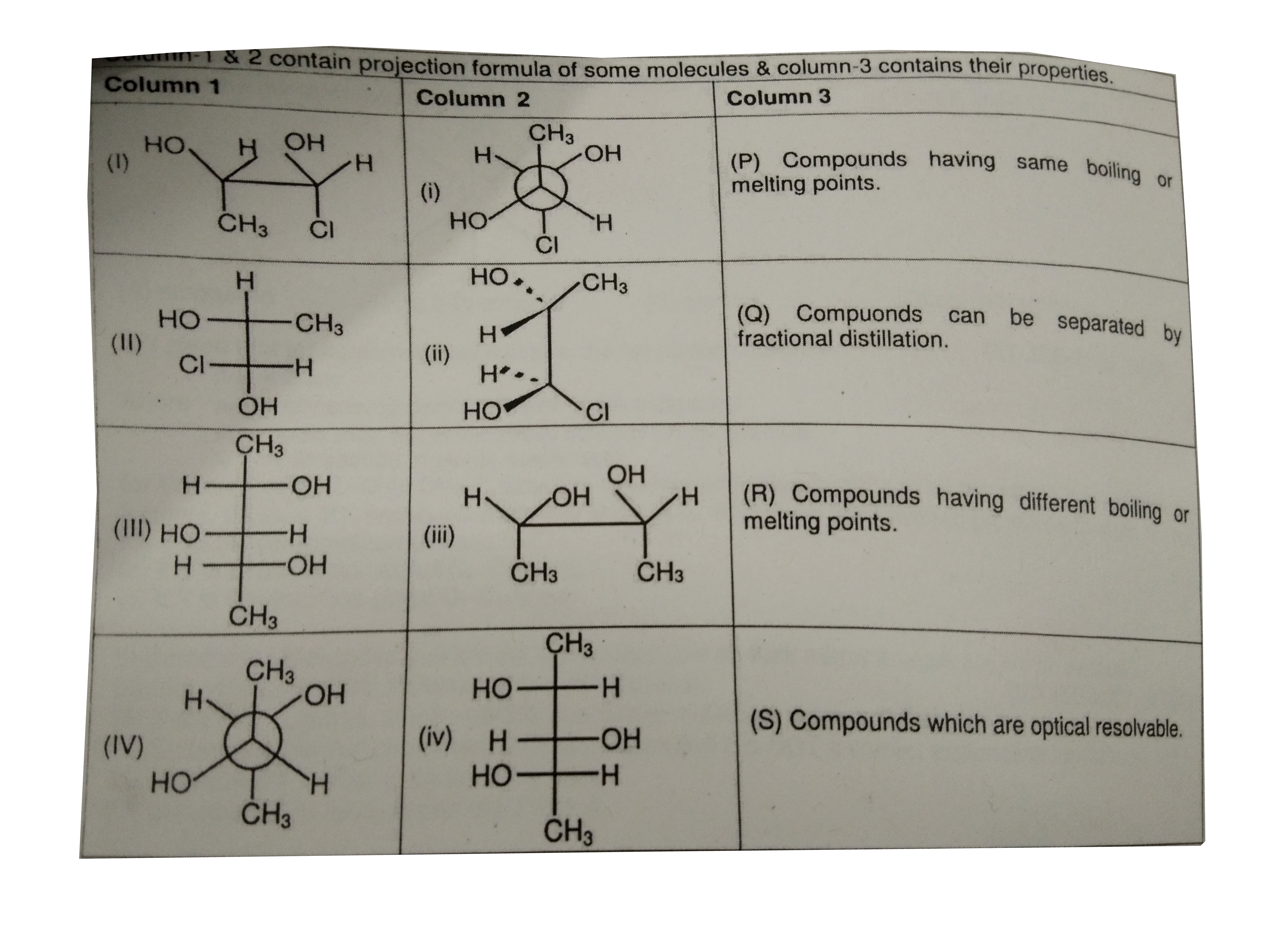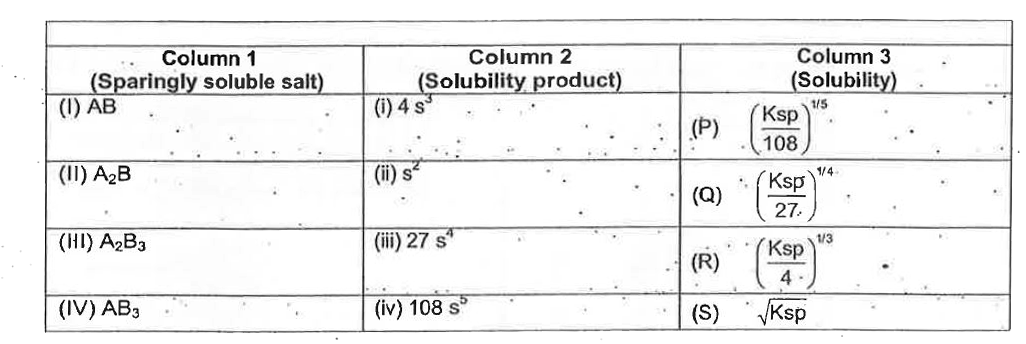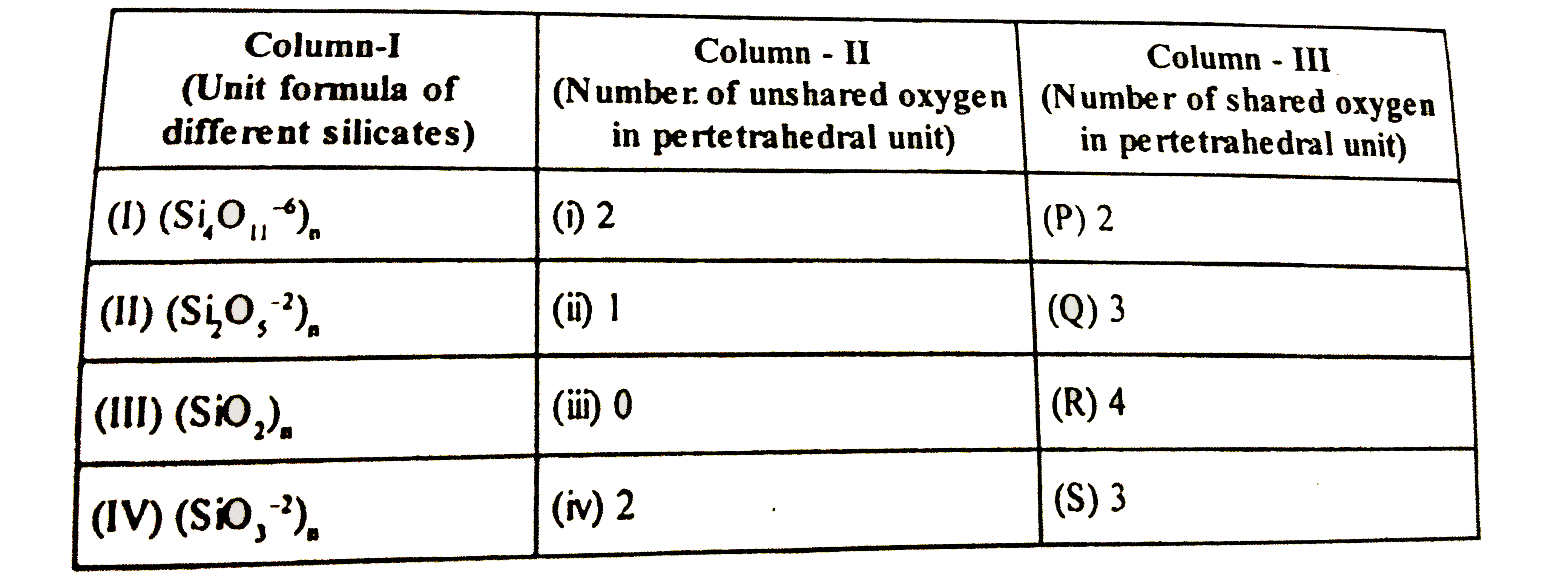Match the columns in the following table and explain them.

The correct Answer is:(1-b - iii), (2-c-i), (3 - a - ii)
(1-b-iii) In this defects, the human eye can see distant object clearly but cannot see nearby object distinctly. This defect can be corrected by using convex lens with proper focal length.
(2 - c - i) In this defect, the neat point of the lens shifts farther from the eye because of this old people connot see nearby object clearly. This defect can be corrected by using bifocal lens.
(3 - a - ii) In this defect, the eye can see nearby objects clearly but the distant object appear indistinct. This defect can be corrected by using spectacles with concave lens.
Topper's Solved these Questions
- LENSES Book:UNIQUE PUBLICATIONChapter:LENSES Exercise:Intext Activities
Explore 7 Videos
- LENSES Book:UNIQUE PUBLICATIONChapter:LENSES Exercise:Activity Questions
Explore 58 Videos
- LENSES Book:UNIQUE PUBLICATIONChapter:LENSES Exercise:True or False with reason.
Explore 8 Videos
- INTRODUCTION TO MICROBIOLOGYBook:UNIQUE PUBLICATIONChapter:INTRODUCTION TO MICROBIOLOGYExercise:Intext Activities (can you recall?)
Explore 5 Videos
- PRACTICAL MCQsBook:UNIQUE PUBLICATIONChapter:PRACTICAL MCQsExercise:PRACTICAL WISE MCQS WITH ANSWERS
Explore 56 Videos
Similar Questions
Knowledge Check
Matching the information given in the three columns of the following table .

For the sheet silicate the only CORRECT combinatin is :-AII,I, (P)BII,(ii),(Q)C(IV),(ii),(R)D(III),(iii),(P)Q.12, Q.13 and Q.14 by appropriately matching the information given in the three columns of the following table.

Match the correct combination?A(IV) iii) RBI) ii) R)CIII) iv) P)DII) ii) R)appropriately matching the information given in the three columns of the following table.

Which of the following combination gives correct information.A(I) (ii) (Q)B(II) (iii) (P)C(III) (iv) (P)D(IV) (iii) (P)
Answer question 1,2 & 3 by appropriately matching the information given in the three columns of the following table .

Which of the following is correct ?
View SolutionMatching the information given in the three columns of the
following table .

For the sheet silicate the only CORRECT combination is :-
View Solutionappropriately matching the information given in the three columns of the following table.

Which of the following combination gives correct information.
View SolutionMatching the information given in the three columns of the
following table .

For single chain silicate the only CORRECT combination is :-
View SolutionMatching the information given in the three columns of the following table .

For 3D silicate (silica) the only CORRECT combination is :-
View Solution

